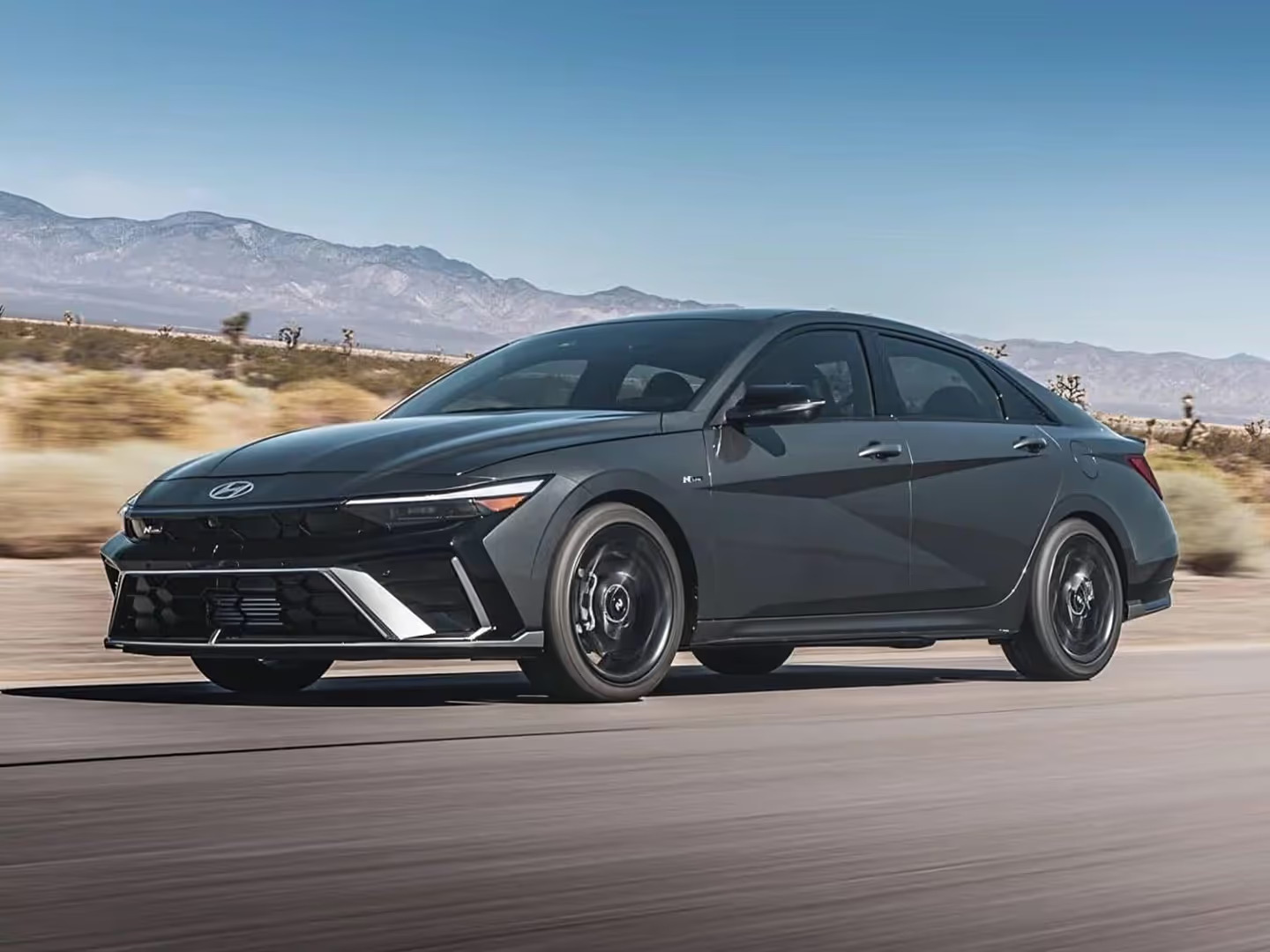When it comes to owning a vehicle, the purchase price is only part of the story. One of the most critical considerations for any car buyer is the ongoing cost of maintenance and repairs.
While some vehicles are engineered with simplicity and durability in mind, enabling owners to spend less on upkeep, others come packed with advanced technology, luxury features, or specialized components that can lead to exorbitant repair bills.
Understanding which cars tend to have cheap repairs and which are likely to cost a fortune is essential for making an informed decision, whether you’re buying new or used, leasing, or simply planning your budget for the future.
The spectrum of repair costs among vehicles is broad and influenced by several factors, including the vehicle’s make and model, the complexity of its systems, availability of parts, and the expertise required to perform repairs.
For example, popular models from manufacturers known for reliability often benefit from economies of scale: their parts are widely produced and affordable, and many mechanics are familiar with their design, reducing labor time and cost.
Conversely, luxury cars or vehicles with cutting-edge technology might use specialized components or proprietary software, limiting repair options and pushing prices higher.
Choosing a vehicle with low repair costs is more than just a money-saving measure; it contributes to peace of mind and overall ownership satisfaction. For everyday drivers, a vehicle that is affordable to maintain reduces the risk of unexpected expenses and lengthy downtime.
It can also impact resale value positively, as prospective buyers are often wary of cars with a reputation for expensive repairs. This makes certain models — such as the Toyota Corolla or Honda Civic — perennial favorites because of their combination of dependability, parts availability, and straightforward engineering.
On the flip side, some cars, especially those positioned in the luxury segment or those equipped with the latest technological advancements, tend to rack up costly repair bills. Vehicles like the BMW 7 Series or the Mercedes-Benz S-Class represent the pinnacle of automotive technology and comfort, but these features come at a price.
Repairs often require factory-trained specialists, rare parts, and advanced diagnostic tools, all contributing to significant service charges. Owners of these vehicles need to be financially prepared for higher maintenance costs or risk facing unexpected and burdensome repair expenses.
In between these extremes lies a diverse range of vehicles that blur the lines between affordable and expensive to repair. Some SUVs and trucks, for instance, may offer rugged durability and widespread parts availability, keeping costs moderate despite their size and capability.
Conversely, electric vehicles and hybrids introduce new complexities, such as battery management and electronic control systems, which can sometimes lead to high repair costs despite their simpler mechanical layouts.
This article explores ten specific vehicles, divided into two groups: five that are known for cheap repairs and five infamous for their costly maintenance. Each vehicle will be examined through the lens of repair costs, reliability, parts availability, and common issues that might influence the overall expense of ownership.
Whether you’re a first-time buyer, a long-term car enthusiast, or someone considering a luxury upgrade, understanding these differences will help you make more informed choices about your next vehicle purchase.
By the end of this article, you will have a clearer picture of how repair costs can affect your ownership experience and financial planning. We’ll highlight practical, reliable cars that keep maintenance costs low and luxury or specialized vehicles that require a larger budget for upkeep.
The goal is to arm you with knowledge so you can avoid surprises and enjoy your vehicle without the stress of unpredictable, high repair bills.
Also Read: 5 Cars With the Lowest Cabin Carbon Footprints and 5 Using Harsh Materials
5 Vehicles With Cheap Repairs
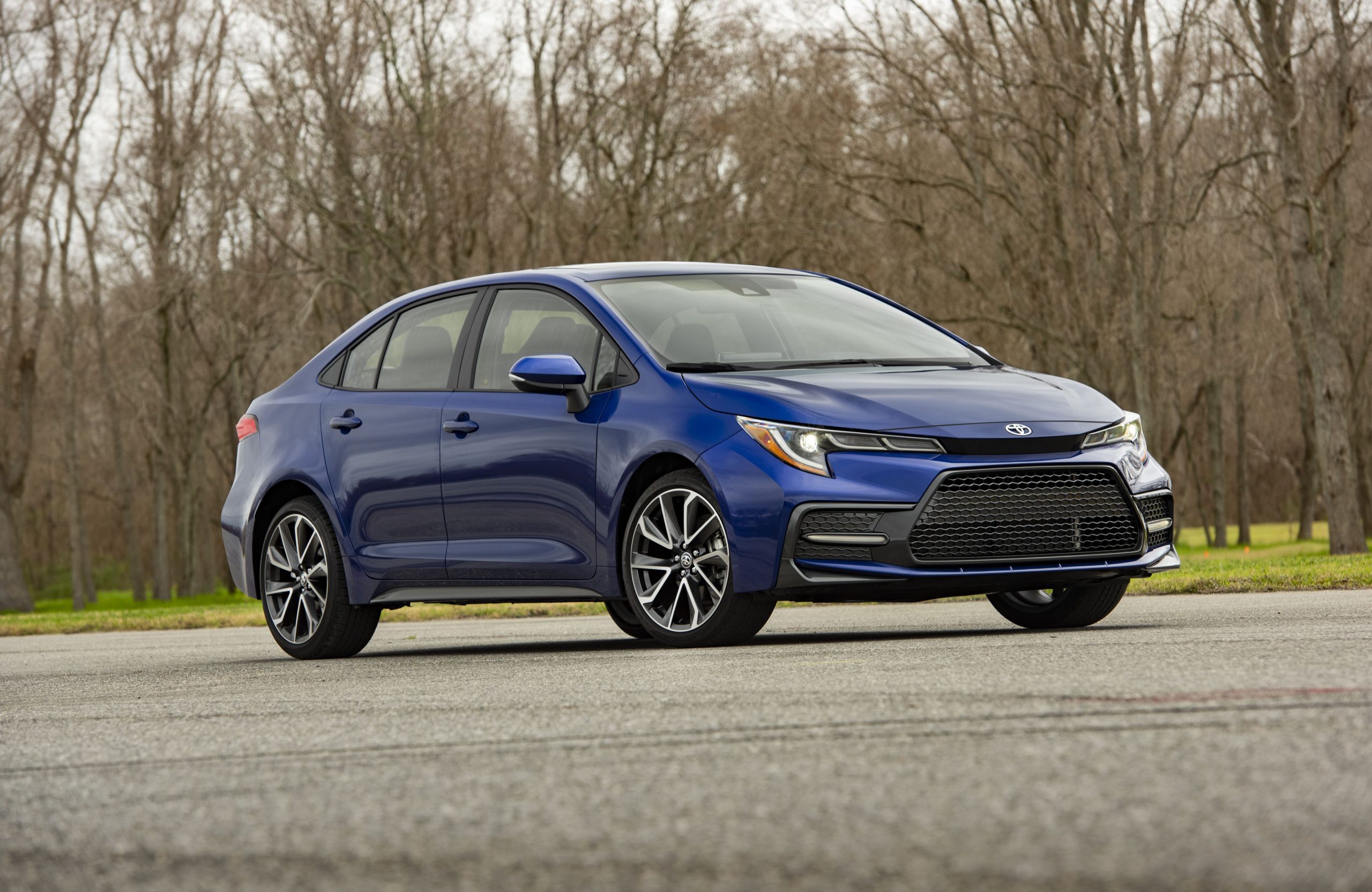
1. Toyota Corolla
The Toyota Corolla is an iconic vehicle celebrated worldwide for its exceptional reliability and low cost of ownership. Part of what makes the Corolla so appealing is its straightforward mechanical design, which has evolved gradually over the years without introducing overly complicated systems that might drive repair costs up.
Toyota’s engineering philosophy often emphasizes longevity and ease of maintenance, which directly benefits Corolla owners by minimizing both the frequency and cost of repairs. This simple yet effective approach means that the car’s key components — engine, transmission, suspension, and brakes — are durable, widely understood, and relatively inexpensive to fix or replace.
One critical factor in the Corolla’s affordability is the global scale of its production and popularity. As one of the best-selling vehicles of all time, the Corolla enjoys a massive parts ecosystem. Original equipment manufacturer (OEM) parts are produced in large volumes, driving down prices and ensuring that replacement components are readily available even in remote locations.
The broad availability of aftermarket parts also provides affordable alternatives for cost-conscious owners. For example, something as simple as a replacement alternator or water pump is easy to source and inexpensive compared to parts for less common or luxury models.
Mechanically, the Corolla tends to avoid exotic technologies or expensive performance components that could inflate repair bills. Most models feature naturally aspirated four-cylinder engines and conventional automatic or manual transmissions, both of which have decades of proven reliability.
The relatively low complexity reduces diagnostic time, which translates into lower labor costs during repairs. Even when issues arise, they often involve routine wear-and-tear items like brake pads, tires, or battery replacements — all of which are standard and cheap to fix.
Another dimension of the Corolla’s low repair costs lies in its fuel efficiency and driveability. The engine and transmission work efficiently without extreme stress, so components tend to last longer, and failures are less common.
This fuel economy also lowers running costs and reduces the likelihood of related engine repairs that can occur when systems are pushed beyond their design limits. Furthermore, insurance premiums for the Corolla are generally moderate due to its reputation for safety and low accident rates, which complements the overall affordability of ownership.
Beyond pure mechanical reliability, Toyota’s strong dealer network and warranty support provide peace of mind to owners. Regular scheduled maintenance is straightforward and well-documented, enabling owners and mechanics to maintain the vehicle with minimal guesswork or specialized tools.
The Corolla’s track record of retaining resale value despite its affordability is a testament to its widespread trustworthiness. For buyers looking to balance initial purchase price with long-term upkeep, the Corolla remains a standout choice that consistently delivers cheap, predictable repair costs.
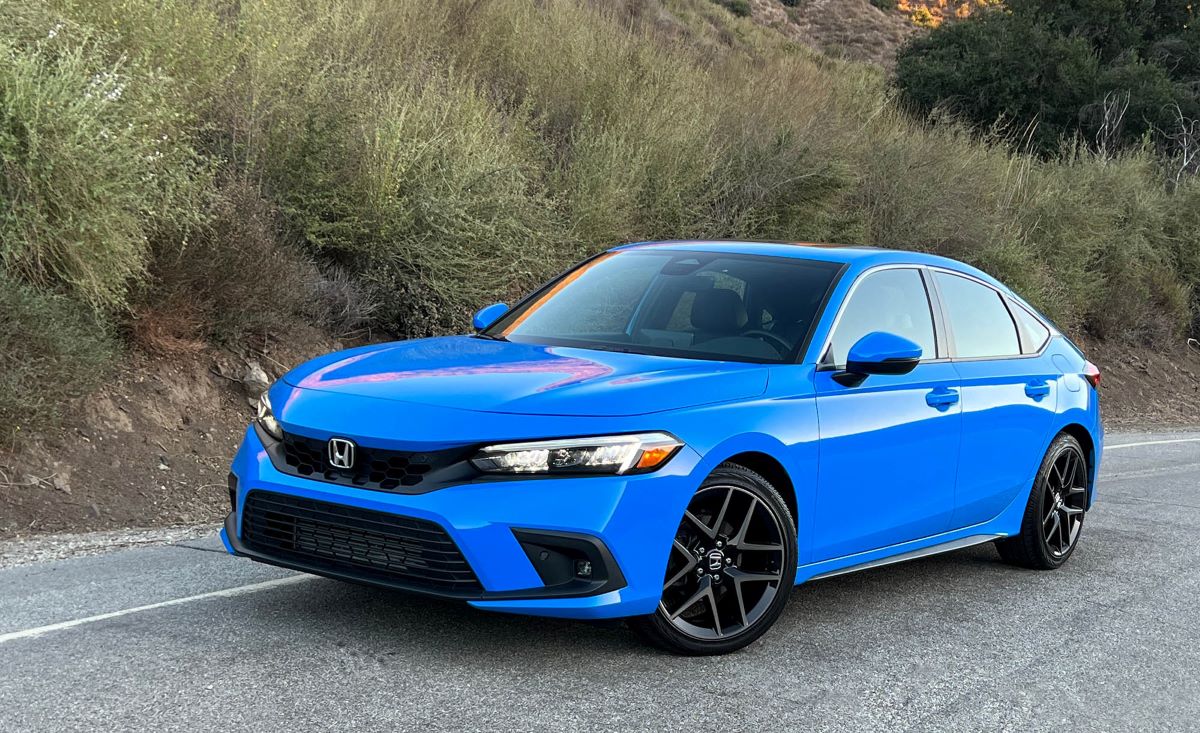
2. Honda Civic
The Honda Civic has carved out a reputation over decades as one of the most dependable, cost-effective compact cars available. This reputation is well-earned through a combination of sound engineering, widespread availability, and a large enthusiast base that understands the vehicle inside and out.
Honda’s commitment to building reliable powertrains with durable materials means that many Civic owners experience relatively few costly breakdowns. Parts such as timing belts, brakes, and suspension components are all designed to last and can be replaced without the need for specialized tools or expensive dealer-only parts.
Another advantage for the Civic is the global presence of Honda dealerships and aftermarket suppliers. This ensures that repairs can often be done quickly and affordably, with OEM and third-party parts both readily available.
The sheer popularity of the Civic means mechanics are familiar with common problems and repair techniques, which reduces diagnostic time and labor rates. The widespread use of the Civic in racing and tuning communities has also resulted in a deep knowledge pool and plentiful affordable parts, further reducing costs for those who opt to repair rather than replace.
From an engineering standpoint, the Civic typically uses straightforward inline four-cylinder engines with naturally aspirated or modestly turbocharged configurations. These powertrains are known for their balance of performance and reliability, avoiding overly complicated or finicky systems.
Even when technological upgrades have been introduced, Honda tends to maintain simplicity and durability, which helps keep parts affordable and repairs less frequent. This practical engineering focus means owners don’t often face expensive repairs related to complex turbochargers or hybrid drivetrains, which can plague other modern vehicles.
Maintenance costs are further controlled by the Civic’s efficient design. Fuel economy remains a strong selling point, which limits engine wear and reduces stress on components. Owners often report their vehicles running smoothly well beyond 150,000 miles, with major repairs typically being rare occurrences.
The Civic also benefits from reasonable insurance rates, partly because it’s a common vehicle with well-documented safety features. Combined with its solid reliability, these factors make the Civic one of the most cost-effective vehicles for long-term ownership.
Moreover, Honda’s warranty coverage and maintenance guidelines are customer-friendly, helping drivers stay on top of routine upkeep without breaking the bank.
Many used Civic models also retain strong resale value, making it easier to recoup costs when selling. All of these elements contribute to a holistic package where repair costs remain manageable and predictable, reinforcing the Civic’s status as an ideal choice for budget-conscious drivers seeking an affordable, dependable car.
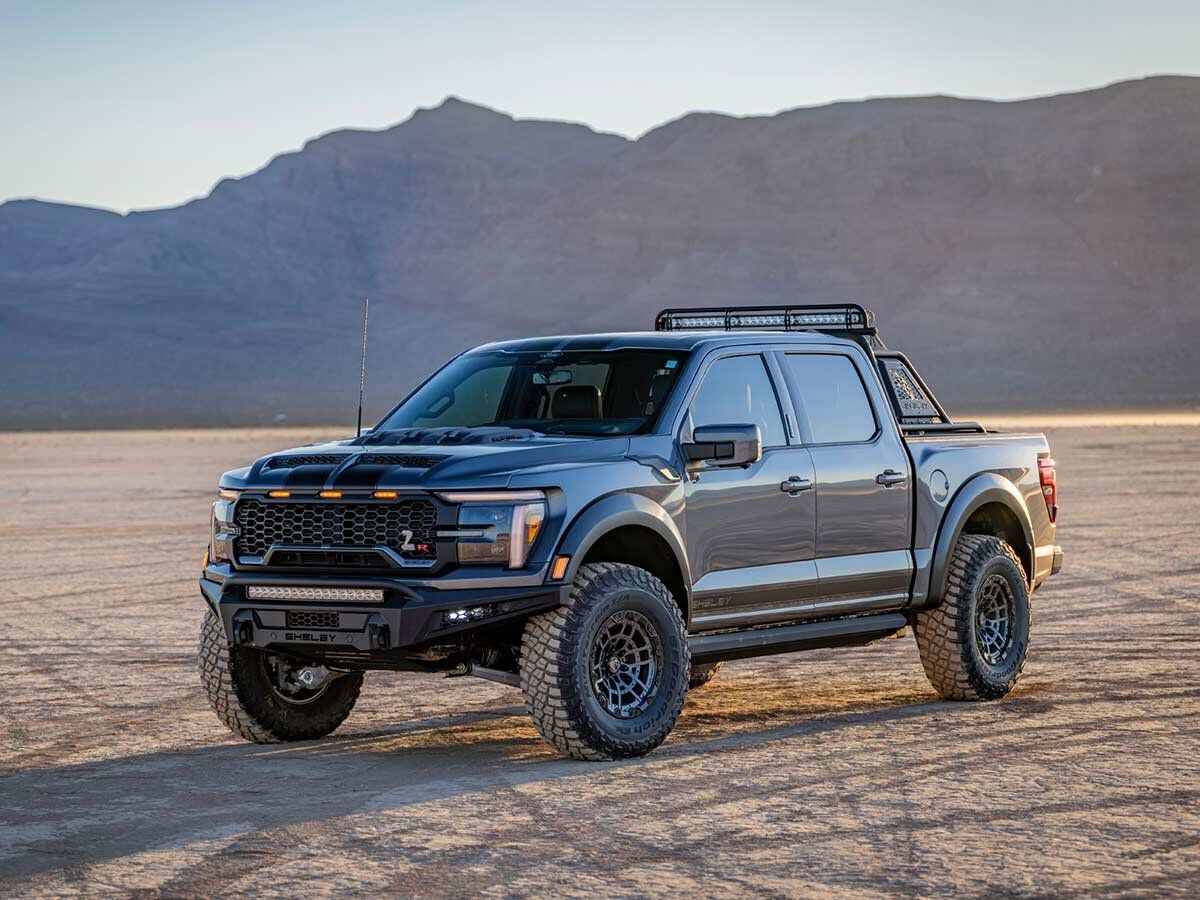
3. Ford F-150
The Ford F-150 is an excellent example of a vehicle that combines capability with surprisingly affordable repair costs. Despite being a full-size pickup truck—often assumed to have higher maintenance expenses—the F-150 benefits from its immense popularity and the resulting widespread availability of parts and experienced mechanics.
As America’s best-selling truck for over four decades, the F-150 enjoys an extensive parts network that drives down the price of components such as brake systems, suspension parts, and engine components.
This availability of parts is complemented by the F-150’s relatively straightforward mechanical architecture. While newer models have incorporated more technology, many variants still feature tried-and-true engines such as the naturally aspirated V6 or V8, which are robust and easy to service.
Even with the inclusion of turbocharged EcoBoost engines, Ford has maintained a strong focus on reliability and serviceability. Labor costs are generally moderate because the F-150 is a common vehicle for local mechanics, reducing the need for specialized tools or extended diagnostic time.
The F-150’s design emphasizes ruggedness and ease of maintenance, making it a favorite among owners who use their trucks for work and recreation. Many owners perform routine maintenance and minor repairs themselves, thanks to the truck’s accessible engine bay and abundant online resources.
The availability of aftermarket parts and accessories also allows for budget-friendly repairs without relying solely on dealership service departments, which can be expensive.
Durability is another strong point that helps keep repair costs low. F-150 engines and drivetrains are built to handle heavy loads and demanding conditions, meaning components tend to last longer even under tough use.
This reduces the frequency of costly repairs. Furthermore, the truck’s resale value remains strong, partly because buyers appreciate the F-150’s reputation for longevity and cost-effective maintenance. This creates a positive cycle where the truck’s value and repair affordability reinforce each other.
Finally, the F-150 benefits from competitive insurance rates relative to other full-size trucks, which further lowers the total cost of ownership. For drivers who need a reliable, capable vehicle without an intimidating repair budget, the Ford F-150 offers an attractive balance of toughness and economical upkeep.
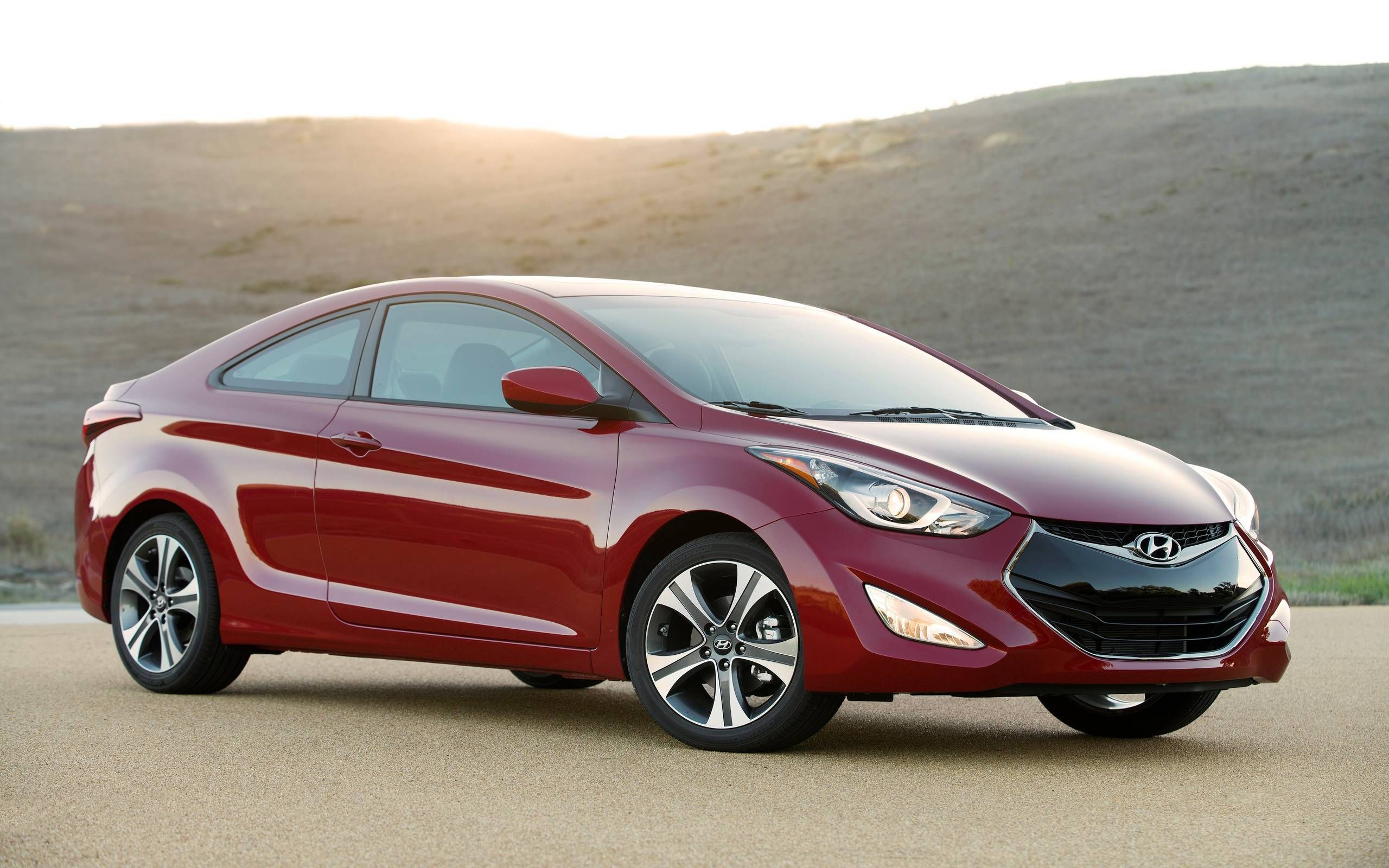
4. Hyundai Elantra
The Hyundai Elantra has made remarkable strides in recent years to shake off its reputation as a budget entry-level car and become a strong contender in the affordable and reliable vehicle segment.
One of the standout reasons the Elantra is cheap to repair is Hyundai’s ongoing investment in improving build quality and parts durability. Earlier models occasionally faced criticism for frequent repairs, but modern Elantras are designed with reliability in mind, and this pays off in lower maintenance and repair costs.
Hyundai’s widespread dealer and service network is an asset for Elantra owners, providing access to affordable genuine parts and routine maintenance services.
The manufacturer’s focus on producing vehicles with fewer mechanical complexities also means fewer potential points of failure, which naturally lowers repair bills. For instance, the Elantra’s engines are usually naturally aspirated four-cylinder units with straightforward transmissions, avoiding the costs associated with more complex turbocharged or dual-clutch setups.
Another significant factor in the Elantra’s cheap repair costs is Hyundai’s generous warranty coverage. The 10-year/100,000-mile powertrain warranty provides substantial financial protection for new owners, often covering repairs that would otherwise be costly.
Even after the warranty expires, the car’s reliability and parts availability make routine maintenance and occasional repairs manageable. This warranty also encourages owners to stay current with scheduled maintenance, helping prevent major breakdowns.
In addition, the Elantra offers competitive fuel efficiency, reducing engine wear and fuel expenses. Drivers typically find that maintenance tasks such as oil changes, brake servicing, and tire replacements are affordable and infrequent compared to some competitors. Hyundai’s growing presence in the aftermarket parts industry also means that owners can source affordable components without compromising on quality.
All these factors combine to make the Hyundai Elantra an excellent option for drivers looking for a stylish, modern car that won’t burden them with expensive repairs. It represents a significant value proposition in its segment, balancing contemporary features with a low cost of ownership.
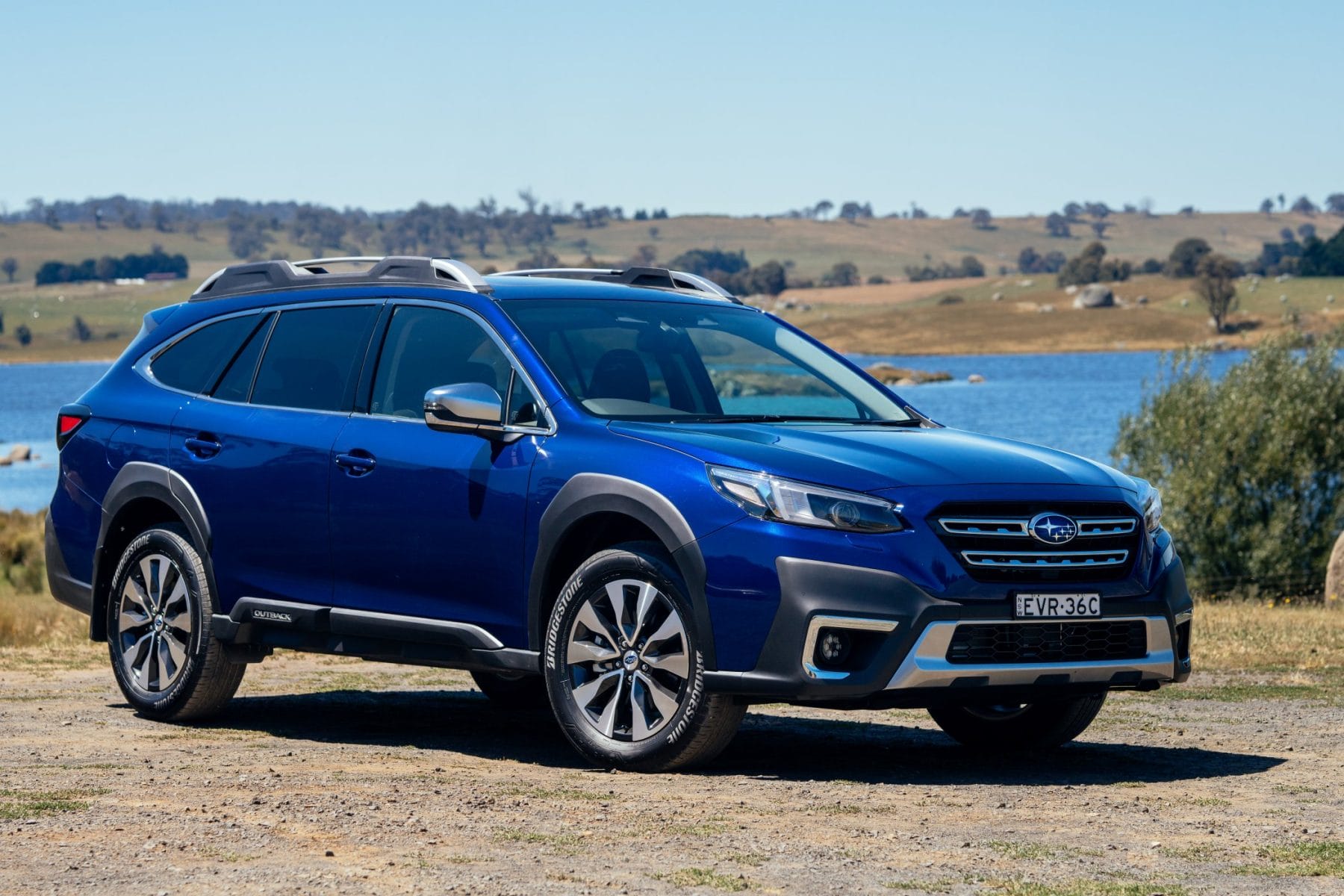
5. Subaru Outback
The Subaru Outback is renowned for its rugged versatility and dependable performance, particularly in regions with challenging weather or terrain. Despite its all-wheel-drive system, which could potentially increase repair costs, the Outback remains one of the more affordable vehicles to maintain and repair in its class.
Subaru’s approach to engineering focuses on robust, long-lasting mechanical systems that balance complexity and durability, helping keep repairs manageable for owners.
A critical aspect of the Outback’s affordability is the use of the horizontally opposed “boxer” engine. This design lowers the vehicle’s center of gravity and improves balance but also contributes to fewer mechanical stresses and less frequent component failure.
While Subaru’s AWD system is more complex than a traditional front-wheel-drive setup, it has been refined over many years and is designed to be reliable. This reduces unexpected repairs related to drivetrain issues, which are often a costly concern for AWD vehicles.
Parts availability for the Outback is strong, especially in markets where Subaru enjoys a loyal customer base. Many common replacement parts such as brake components, belts, and filters are reasonably priced.
Furthermore, the growing aftermarket support provides affordable alternatives for more significant repairs or upgrades. Mechanics familiar with Subaru’s unique engine and AWD system are also widespread, which helps control labor costs.
The Outback’s reputation for durability encourages owners to perform regular maintenance, which keeps the vehicle running smoothly and prevents costly repairs. Components like the timing belt, water pump, and suspension parts are durable but designed for easy replacement when the time comes.
The Outback also benefits from competitive insurance rates, particularly in regions where Subaru vehicles are common and known for their safety.
Owners often praise the Outback for providing a dependable, comfortable driving experience without the headaches associated with many luxury SUVs or crossovers.
Its balance of capability, comfort, and low repair costs makes it especially appealing to those who enjoy outdoor activities or need a reliable vehicle year-round. The Subaru Outback stands out as a vehicle that offers not only ruggedness and style but also a wallet-friendly ownership experience.
5 Vehicles That Cost a Fortune to Repair
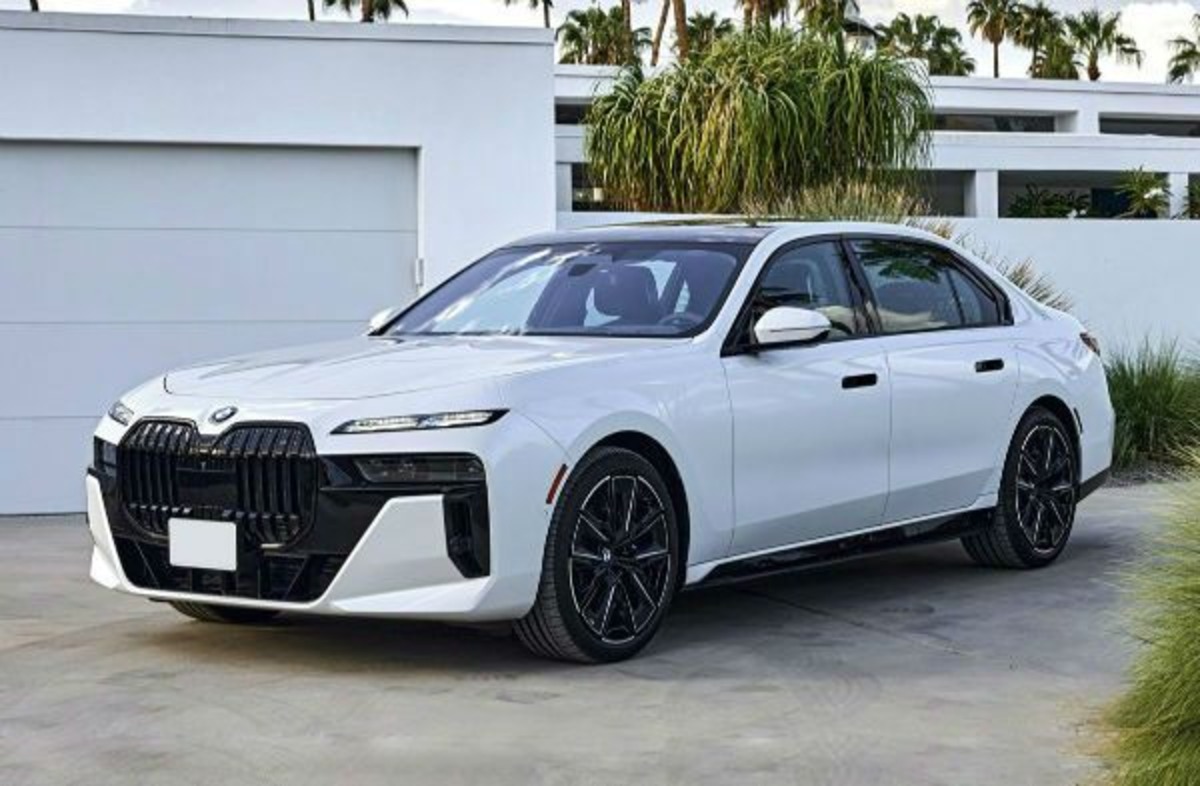
1. BMW 7 Series
The BMW 7 Series has long been a symbol of luxury, advanced technology, and ultimate comfort, but with those attributes comes a steep price tag for repairs and maintenance. The 7 Series is packed with cutting-edge electronic systems, high-performance engines, and intricate suspension setups, all designed to deliver a smooth, responsive driving experience.
However, this complexity often translates into high repair costs, both in parts and labor. Many of the components in the 7 Series are bespoke or sourced from specialized suppliers, leading to expensive replacement parts that are far costlier than those found in more mainstream vehicles.
One major factor contributing to the BMW 7 Series’ high repair costs is its sophisticated electronic architecture. Modern models feature an extensive network of sensors, control modules, and infotainment systems, all interlinked and crucial to the car’s performance and comfort.
Diagnosing issues within this complex system often requires specialized diagnostic equipment only available at authorized BMW service centers, which charges premium labor rates. Additionally, software updates or repairs can only be performed by highly trained technicians, further driving up the hourly cost of service.
The engines in the 7 Series, typically powerful inline-six, V8, or even V12 units, are engineered for high performance, which means they incorporate advanced technology such as turbocharging, variable valve timing, and direct fuel injection. While these features boost power and efficiency, they also increase the risk of expensive repairs, especially as the vehicle ages.
Components like the turbochargers, high-pressure fuel pumps, and timing chain assemblies can be costly to replace. Moreover, routine maintenance items such as synthetic oil changes, brake jobs with large ventilated discs, and transmission servicing require premium parts and fluids, which add to the overall expense.
The suspension system on the 7 Series is another contributor to high repair costs. BMW uses advanced adaptive air suspension and electronically controlled dampers that provide an exceptionally smooth ride but rely on delicate components that may fail over time.
Air suspension repairs or replacements are notoriously expensive due to the need for specialized parts like air springs, compressors, and sensors. Even a seemingly simple issue like a leaking airbag or worn bushings can rack up a repair bill in the thousands of dollars. Furthermore, tires for the 7 Series tend to be large, performance-oriented, and expensive to replace, which adds to the maintenance costs.
Lastly, the 7 Series is a large, heavy vehicle with many luxury amenities that require upkeep. Leather upholstery, wood trim, advanced climate control systems, and power-operated features all add to the cost of repairs when malfunctions occur. Insurance premiums are also significantly higher for this class of vehicle, given its value and repair costs.
While the 7 Series offers an unparalleled driving experience, prospective owners must be prepared for the financial responsibility of keeping such a complex machine running smoothly.
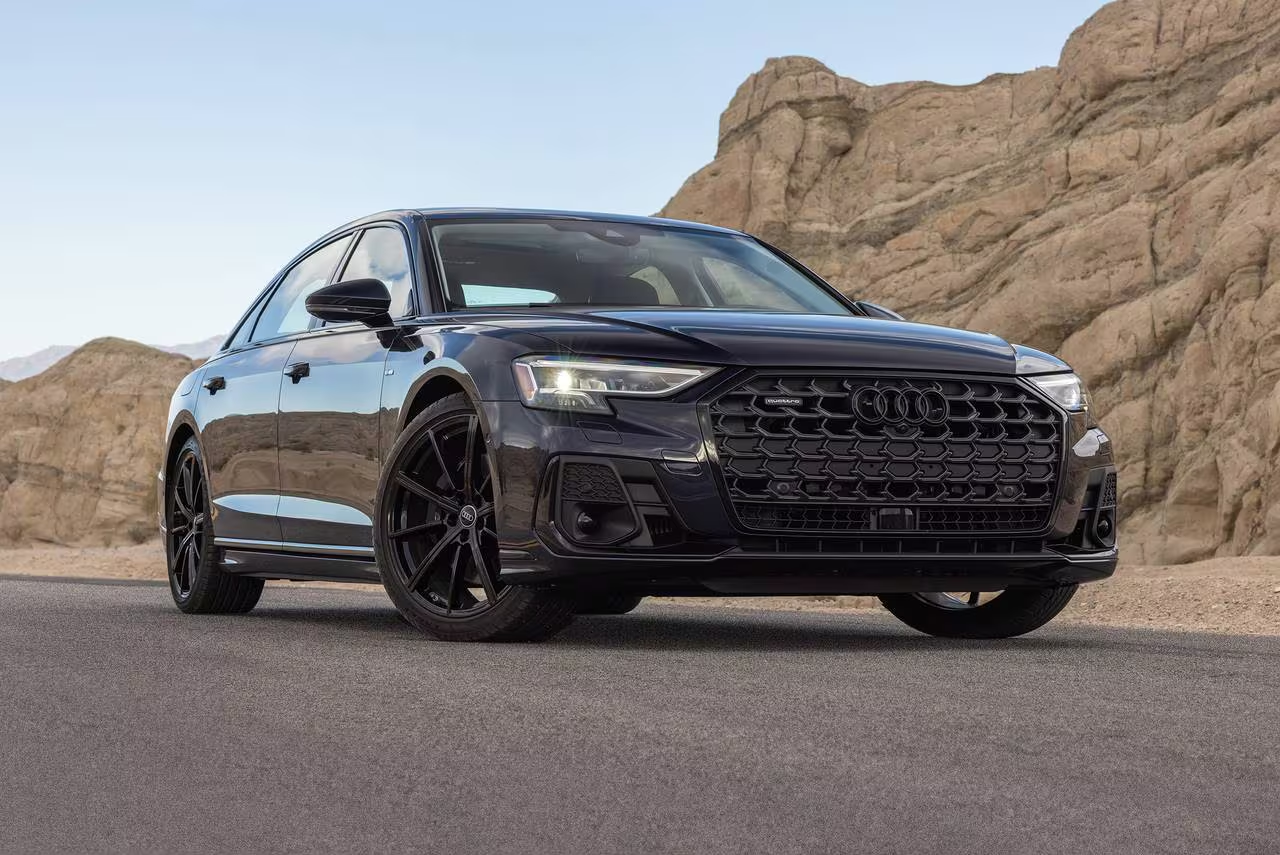
2. Audi A8
Audi’s flagship luxury sedan, the A8, is renowned for its impeccable build quality, elegant design, and cutting-edge technology. However, these very attributes lead to very high repair and maintenance costs.
The A8 incorporates an abundance of electronic systems, including a sophisticated MMI infotainment system, advanced driver assistance features, and complex drivetrain components, all of which can be challenging and costly to service.
When repairs are needed, parts are often pricey, and many repairs require specialized diagnostic and repair tools, limiting options for more affordable aftermarket or independent servicing.
One of the primary reasons the Audi A8 is expensive to repair is its drivetrain complexity. Many models are equipped with Quattro all-wheel drive systems combined with powerful turbocharged engines, both of which add layers of mechanical intricacy.
The all-wheel-drive system uses multiple differentials, transfer cases, and electronically controlled clutches, all of which are expensive to repair or replace.
Turbocharged engines, while efficient and powerful, often require careful maintenance, and problems with turbo units or intercoolers can lead to expensive repairs. Additionally, the A8 uses dual-clutch transmissions on many models, which are known for their smooth shifting but can be costly to rebuild or replace.
The A8’s advanced electronics are also a significant source of repair expenses. From the fully digital cockpit to numerous sensors for adaptive cruise control, lane-keeping assist, and night vision, any malfunction in these systems requires expensive diagnostics and repairs.
Repairing or replacing electronic modules or sensors can be prohibitively expensive, and software updates often necessitate trips to specialized Audi dealerships or certified service centers. Electrical gremlins in luxury vehicles like the A8 tend to be complex and time-consuming to fix, leading to high labor costs.
Another cost factor is the A8’s suspension system, which employs adaptive air suspension and dynamic chassis control technologies. While these systems provide superior ride comfort and handling, air springs and electronic actuators can fail, leading to expensive repairs.
The adaptive suspension components are bespoke and sourced directly from Audi or its suppliers, which means parts are expensive and often have long lead times. Additionally, tires for the A8 tend to be high-performance, low-profile, and expensive to replace, adding to ongoing maintenance costs.
The interior of the Audi A8 is loaded with luxury materials and advanced comfort features. From ventilated and massaging seats to multi-zone climate control and premium sound systems, repairs or replacements of these features come at a premium.
Interior trim parts, such as leather upholstery and intricate dashboard assemblies, are costly to fix or replace after wear or damage. Combined with generally higher insurance premiums for luxury sedans, the total cost of ownership for the Audi A8 can be intimidating for many buyers.
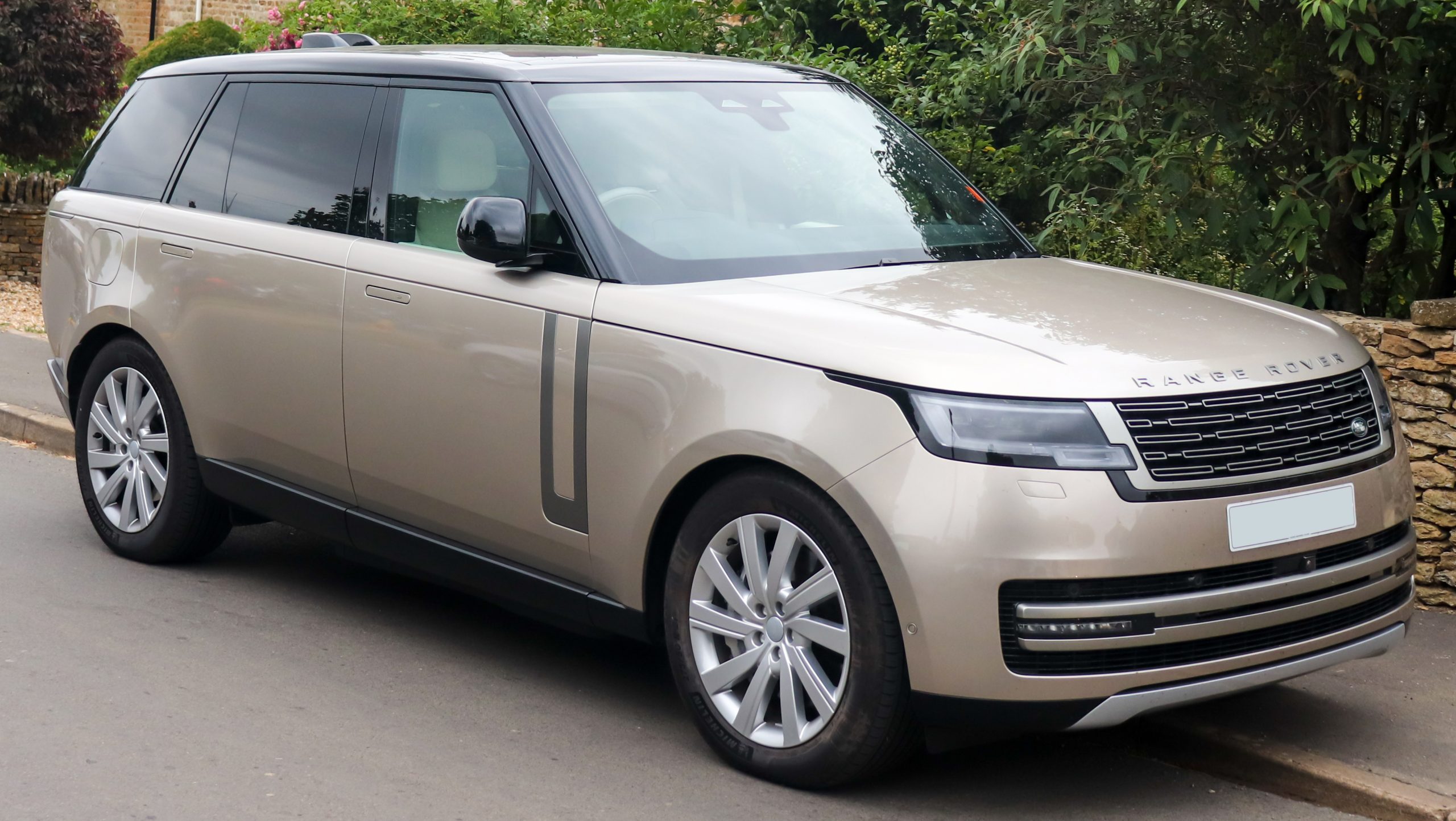
3. Land Rover Range Rover
The Land Rover Range Rover is the epitome of luxury SUVs, blending off-road capability with sumptuous interiors and high-tech features. Unfortunately, it is also notorious for being one of the most expensive vehicles to maintain and repair.
The Range Rover is equipped with complex electronic systems, air suspension, and powerful engines, all of which contribute to costly repairs. Owners of these vehicles often face higher-than-average expenses for both scheduled maintenance and unexpected breakdowns.
One of the key reasons the Range Rover is so expensive to repair lies in its air suspension system. While it provides excellent ride quality and off-road adaptability, the air springs, compressors, and control modules are prone to failure as the vehicle ages.
Replacing even a single airbag can cost several thousand dollars, and comprehensive repairs of the suspension system can quickly escalate to five figures. These systems also require special diagnostic tools and expertise, limiting repair options to specialized shops or dealerships that charge premium rates.
The Range Rover’s drivetrain is another source of high repair costs. Many models are equipped with supercharged V8 engines or turbocharged diesels, which require expensive parts and highly skilled labor for repairs.
Engine components like the supercharger, fuel injection systems, and turbochargers can fail, and replacements are costly. Additionally, the 4WD system includes complex transfer cases and electronically controlled differentials that can malfunction, leading to expensive repairs and labor-intensive diagnostics.
Electrical problems are common in Range Rovers, owing to the vast array of electronics controlling everything from the infotainment system to terrain response and driver assistance features.
Malfunctions in these systems often result in expensive repairs because of the difficulty of diagnosis and the cost of electronic modules. Many owners report ongoing issues with sensors, wiring harnesses, and control units, all of which can be difficult and costly to fix.
Lastly, the luxury features inside a Range Rover, including premium leather, wood trim, and advanced multimedia systems, can be expensive to maintain or replace. Any damage to interior components can quickly add to repair bills, as replacement parts are often bespoke and costly.
Insurance premiums for the Range Rover are also high due to the vehicle’s value and repair costs, further increasing the total cost of ownership. While the Range Rover delivers unmatched prestige and off-road prowess, prospective buyers should be aware of the financial demands of maintaining such a complex vehicle.
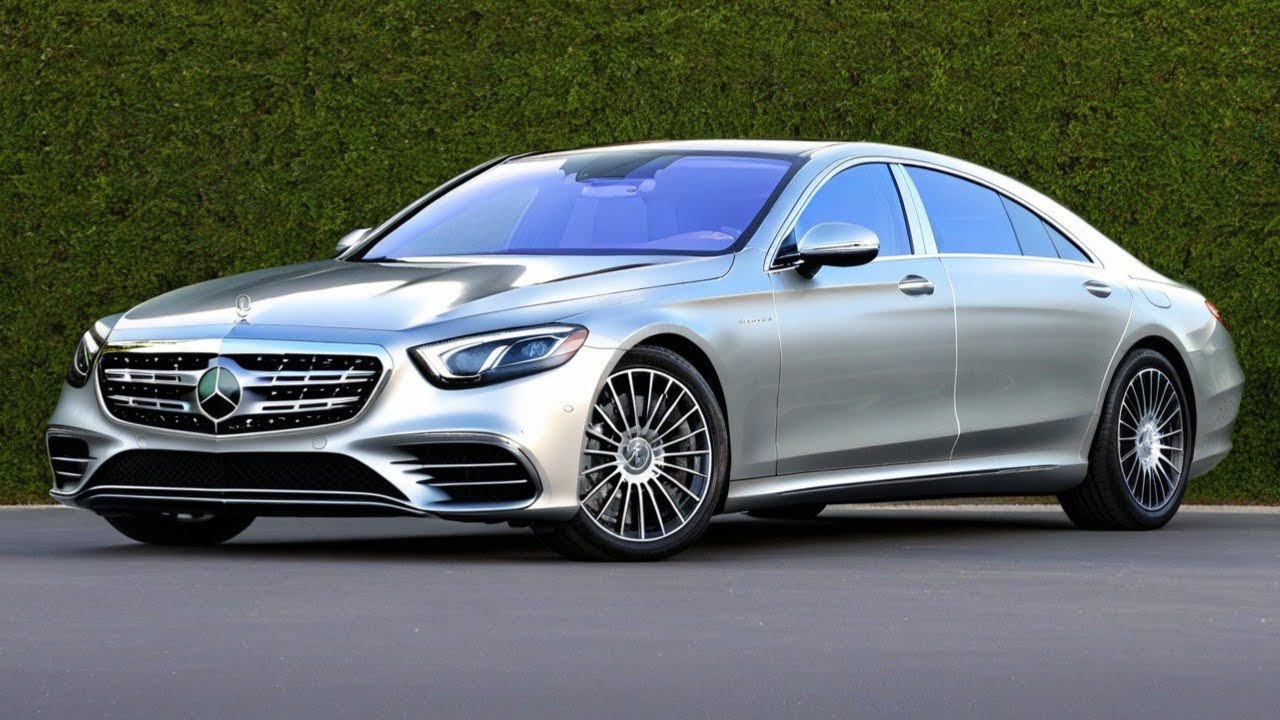
4. Mercedes-Benz S-Class
The Mercedes-Benz S-Class has long been considered the benchmark for luxury sedans, offering cutting-edge technology, exquisite comfort, and powerful engines. However, the same advanced features that make the S-Class desirable also make it one of the most expensive vehicles to repair and maintain.
The S-Class incorporates a vast array of complex electronics, advanced safety systems, and sophisticated drivetrain components, all requiring specialized knowledge and costly parts.
One of the primary reasons for the high repair costs of the S-Class is its extensive use of electronic systems. From advanced driver assistance technologies to luxury features such as active suspension, massage seats, and high-end infotainment, the vehicle is loaded with electronic control units and sensors.
Diagnosing and repairing problems often requires proprietary tools and software available only at authorized Mercedes-Benz service centers, which charge premium labor rates. Replacing electronic modules or sensors can be very expensive, and software updates are necessary to maintain system functionality.
The S-Class’s engine options, which include powerful V6, V8, and V12 engines, often come with turbocharging and hybrid assistance. While these engines offer exceptional performance and efficiency, they are also complicated and expensive to repair.
Turbochargers, high-pressure fuel systems, and advanced cooling systems require costly parts and labor-intensive service. Furthermore, synthetic oils and high-performance fluids needed for maintenance add to the ongoing cost.
The suspension system in the S-Class is another major contributor to repair expenses. The car features an air suspension setup with active damping that enhances ride comfort and handling but is prone to component failure over time.
Air springs, compressors, and control units are costly to replace, and repairs typically require specialized diagnostic equipment and expertise. Tires for the S-Class are usually large, performance-oriented, and expensive, further increasing maintenance costs.
The interior of the S-Class exemplifies luxury, with leather upholstery, wood trim, advanced climate control, and premium sound systems. Repairing or replacing these features can be extremely costly due to the bespoke materials and intricate assembly involved.
The S-Class also commands higher insurance premiums reflecting its high value and repair costs. In summary, while the Mercedes-Benz S-Class offers an unmatched luxury experience, its ownership demands a substantial financial commitment for repairs and maintenance.
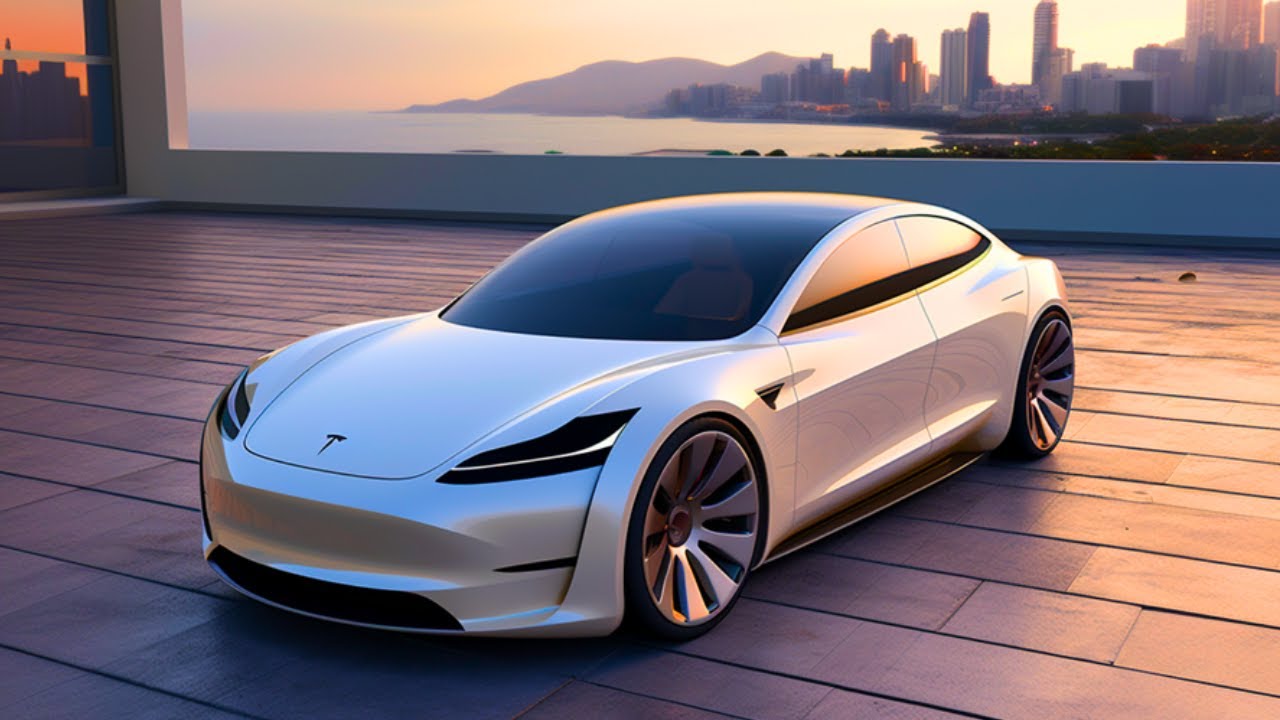
5. Tesla Model S
Tesla’s Model S revolutionized the electric vehicle market with its long-range capability, high performance, and sleek design. However, while Tesla vehicles have fewer moving parts than traditional gasoline cars, the Model S is not immune to costly repairs.
Repair expenses can be high due to the complexity of its electric drivetrain, proprietary parts, and limited availability of qualified service centers. A major cost driver for the Model S is its battery pack and electric motor system.
Although these components are designed to last hundreds of thousands of miles, repairs or replacements can be extraordinarily expensive when issues arise. Battery degradation or failures often require entire pack replacements, which can cost tens of thousands of dollars.
Even minor issues with battery management systems or cooling components may lead to costly repairs. Similarly, electric motors and power electronics require specialized diagnostics and parts that can only be serviced by Tesla or certified technicians.
The Model S’s advanced electronics and software features also contribute to repair costs. The vehicle’s Autopilot and Full Self-Driving hardware rely on numerous sensors, cameras, and computers that are expensive to replace or repair.
Software glitches sometimes necessitate remote updates or visits to service centers, adding to maintenance complexity. Additionally, Tesla’s proprietary design means many parts cannot be sourced from third-party suppliers, limiting repair options and keeping costs high.
Another factor influencing repair costs is the Model S’s aluminum body construction. While aluminum reduces weight and improves efficiency, repairing aluminum panels requires specialized equipment and techniques, making bodywork more expensive than traditional steel-bodied vehicles.
Collision repairs can thus be costly, even for relatively minor accidents. Additionally, replacement parts may have longer lead times and higher prices due to Tesla’s limited parts distribution network.
Lastly, while Tesla advocates for a more maintenance-free ownership experience by eliminating many traditional maintenance items like oil changes, the Model S still requires routine checks and occasional repairs that can be expensive. Tires, brakes (especially regenerative braking components), and suspension parts all have to be serviced or replaced periodically.
Insurance costs for the Model S also tend to be high due to its repair expenses and technology. Although innovative and exciting, the Tesla Model S demands a willingness to accept potentially steep repair costs in exchange for cutting-edge electric performance.
Also Read: 5 Hybrids With Most Engine-Off Coasting and 5 With Engine Noise
The choice of vehicle is not solely about the initial price tag or the brand prestige — it is a lifelong commitment that encompasses maintenance, repairs, and the overall cost of ownership. As this article has explored, repair costs vary dramatically across different vehicles, and understanding these differences is crucial for making sound automotive decisions.
Whether you prioritize peace of mind and affordability or are drawn to luxury and advanced technology, being aware of the potential repair expenses will enable you to prepare financially and avoid costly surprises.
Vehicles like the Toyota Corolla and Honda Civic stand out as models that deliver exceptional value through their affordable repairs and reliable performance. Their design simplicity, combined with widespread parts availability and a strong support network, allows owners to maintain them with relative ease and minimal expense.
For drivers seeking a budget-friendly option without sacrificing quality or longevity, these cars offer a smart balance of cost-efficiency and dependability. Their proven track record and strong resale value further underline the benefits of choosing a vehicle with cheap repairs.
Similarly, the Ford F-150, Hyundai Elantra, and Subaru Outback demonstrate that affordability in repairs is not limited to compact sedans. Whether it’s a full-size truck built with rugged reliability, a modern compact with enhanced build quality, or a versatile SUV engineered for durability, these vehicles illustrate the broad spectrum of cars that keep maintenance costs manageable.
Their popularity means parts are plentiful, mechanics are familiar with their designs, and repair costs remain within reach of most budgets. This accessibility is vital for those who rely on their vehicles daily for work, family, or adventure.
On the other end of the spectrum, luxury and technologically advanced vehicles such as the BMW 7 Series, Audi A8, and Mercedes-Benz S-Class require a significant financial commitment to maintain.
Their sophisticated electronic systems, powerful engines, and premium materials lead to expensive parts and labor. Repairs on these vehicles often involve specialized skills and tools, which limits repair options and inflates costs.
While these cars deliver unmatched comfort and innovation, owners must be prepared for the reality of high ownership costs, including costly repairs and elevated insurance premiums.
The Land Rover Range Rover exemplifies the challenges associated with luxury SUVs, combining off-road capability with a host of complex systems prone to failure. Meanwhile, the Tesla Model S highlights how electric vehicles, despite having fewer moving parts, can still result in expensive repairs due to battery and software complexities and limited service infrastructure.
These vehicles appeal to buyers who value cutting-edge technology and performance, but the trade-off is often a steep price for repairs that can strain even well-planned budgets. In the end, the best vehicle for you depends on your priorities and circumstances.
If your focus is on long-term affordability, reliability, and ease of maintenance, choosing one of the vehicles with cheap repairs will serve you well. If luxury, innovation, or specific capabilities are your top priorities and you have the financial means to support higher upkeep costs, then the vehicles that cost a fortune to repair may be worth the investment.
Regardless of your choice, being informed about the potential repair costs and maintenance demands is the key to successful vehicle ownership. Regular maintenance, timely repairs, and understanding the unique characteristics of your chosen vehicle will help minimize expenses and maximize satisfaction.
By weighing the trade-offs between repair affordability and vehicle features, you can enjoy your driving experience without the stress of unexpected, expensive repairs.
Ultimately, knowledge is power in the world of automotive ownership. With this understanding, you are better equipped to choose a vehicle that fits your lifestyle, budget, and expectations, leading to many miles of enjoyable, worry-free driving.

